Description
Key Features of Thin-Film PV Modules:
- Lightweight and Flexible:
- Thin-film panels are much lighter and thinner than traditional crystalline silicon panels, making them more versatile for a variety of applications, including curved or unconventional surfaces.
- Flexible Substrates:
- Thin-film technology can be applied to flexible materials, allowing for use on surfaces like rooftops, facades, vehicles, or even clothing and portable devices.
- Aesthetic Appeal:
- These modules are often more aesthetically pleasing because they can be integrated seamlessly into architectural designs, offering a more uniform look.
- Low Cost:
- Thin-film panels are generally cheaper to manufacture due to simpler production processes. This makes them an attractive option for large-scale installations or cost-sensitive projects.
Types of Thin-Film PV Modules:
- Amorphous Silicon (a-Si):
- How It Works: A non-crystalline form of silicon is used to capture sunlight.
- Efficiency: Typically around 6-10%.
- Applications: Commonly used in small devices, such as calculators and outdoor lights, but also for larger solar applications in commercial and residential installations.
- Cadmium Telluride (CdTe):
- How It Works: Uses cadmium and tellurium to form a thin layer that absorbs sunlight.
- Efficiency: Around 10-12%, but research is improving efficiency.
- Applications: Often used in utility-scale solar farms due to its cost-effectiveness.
- Copper Indium Gallium Selenide (CIGS):
- How It Works: A compound semiconductor made of copper, indium, gallium, and selenium.
- Efficiency: Can achieve around 15-20% efficiency.
- Applications: Used in commercial and residential projects, especially when flexibility is required.
- Organic Photovoltaics (OPVs):
- How It Works: Uses organic molecules or polymers as the light-absorbing layer.
- Efficiency: Currently around 5-8%, though research is ongoing.
- Applications: Primarily in niche applications and research stages, but the potential for low-cost production exists.
Advantages of Thin-Film PV Modules:
- Lightweight & Flexible:
- Can be applied to surfaces where traditional solar panels may be too heavy or impractical.
- Aesthetically Pleasing:
- Often integrated into building materials (BIPV), such as solar windows, facades, or rooftops without a bulky or noticeable design.
- Better Performance in Low-Light Conditions:
- Thin-film technology, especially amorphous silicon, can perform better in low-light or diffuse light conditions compared to conventional panels.
- Cost-Effective:
- Easier and cheaper to manufacture than traditional crystalline silicon modules, which makes them ideal for large-scale applications in cost-sensitive projects.
- Durability:
- Can withstand high temperatures better than crystalline silicon panels, making them more suited to hot climates.




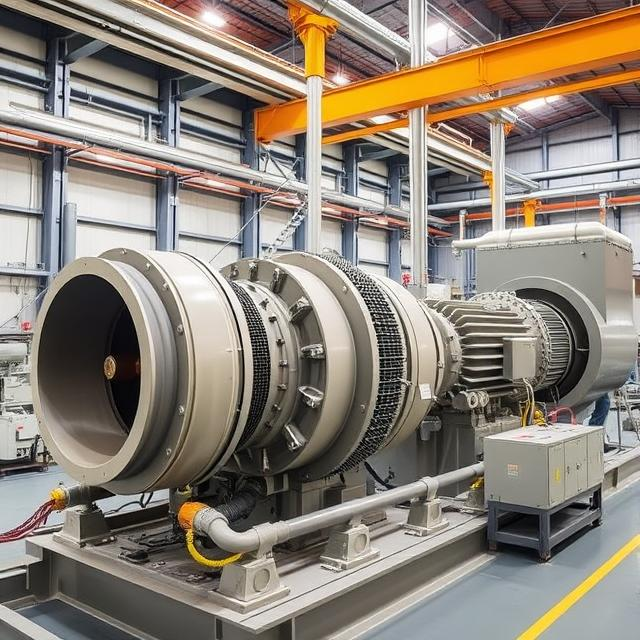

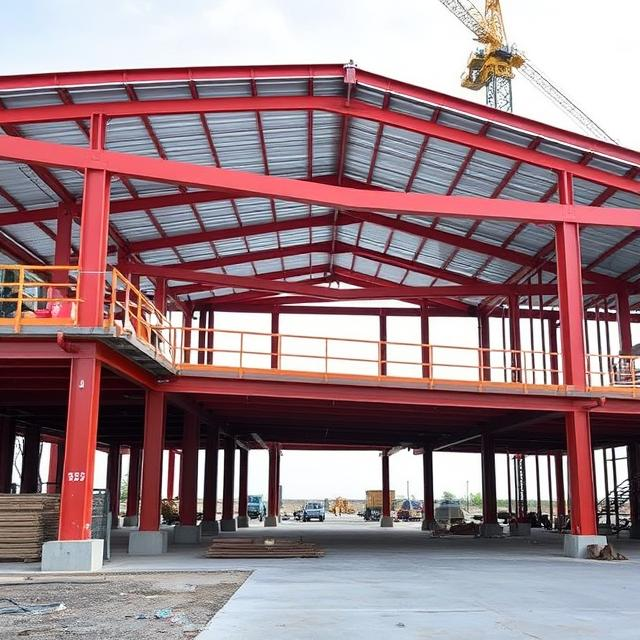
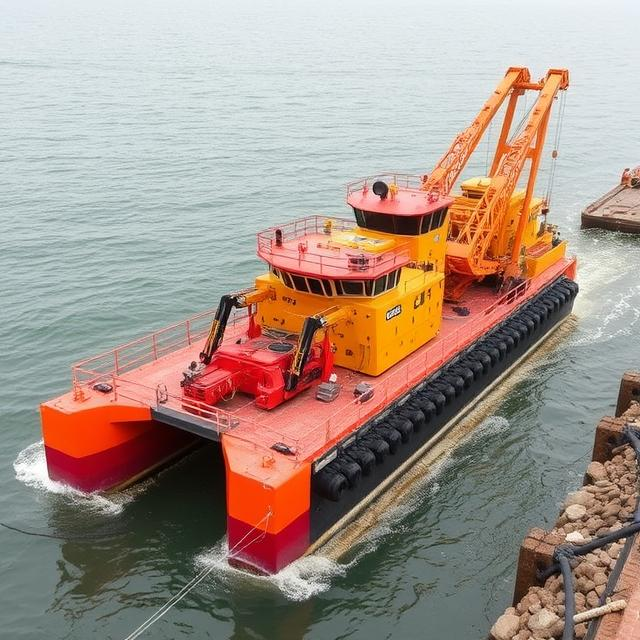
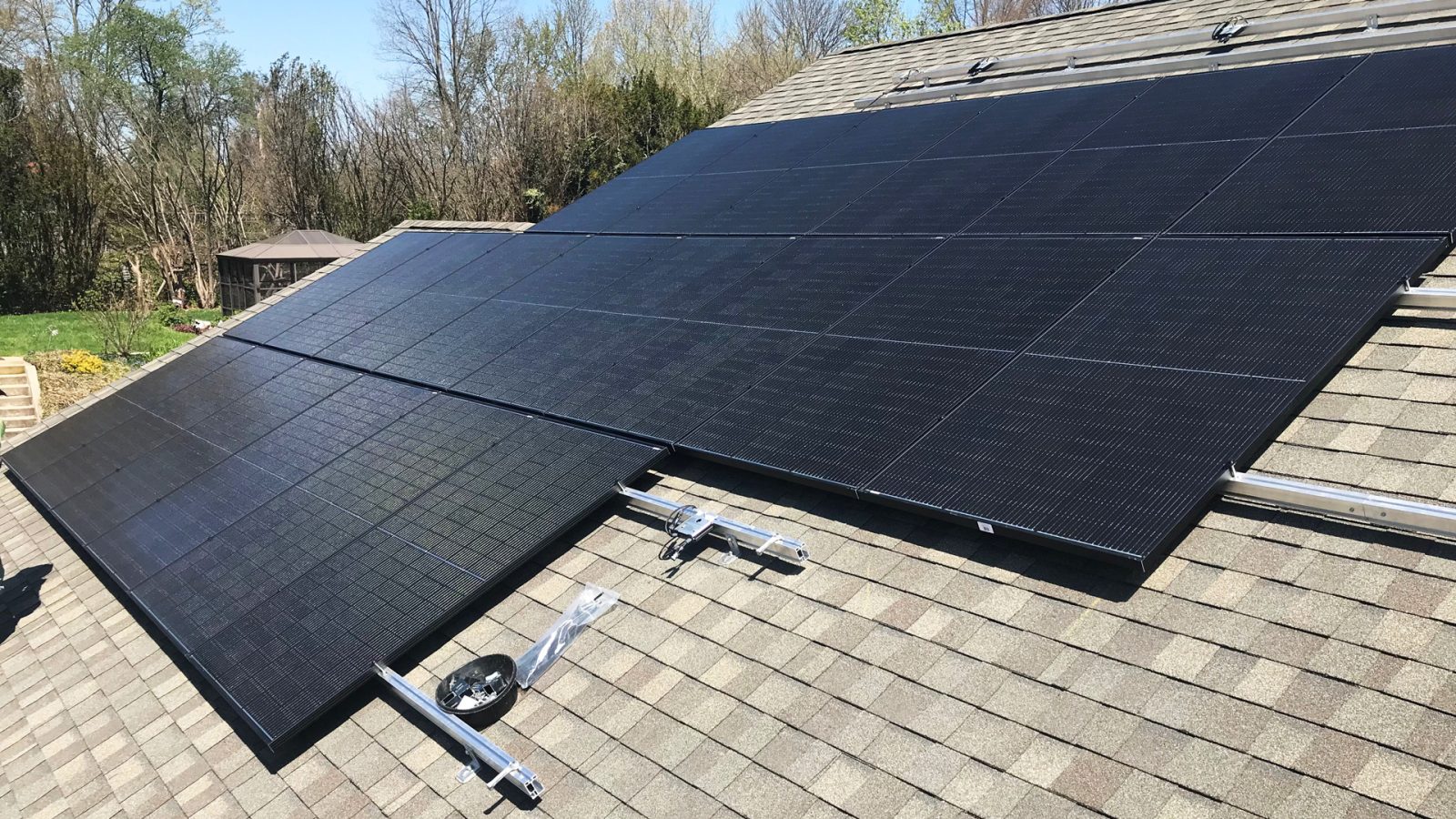
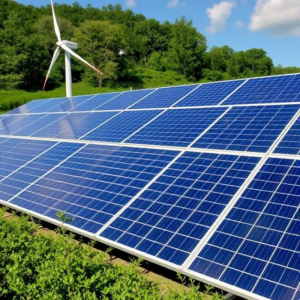


Reviews
There are no reviews yet.